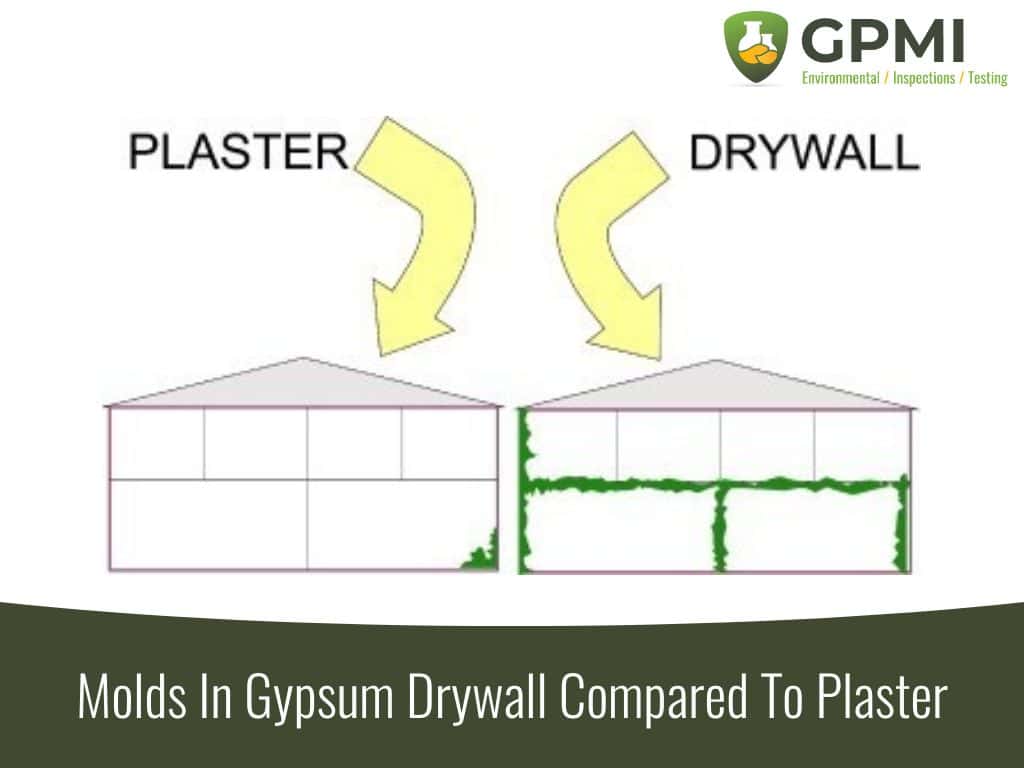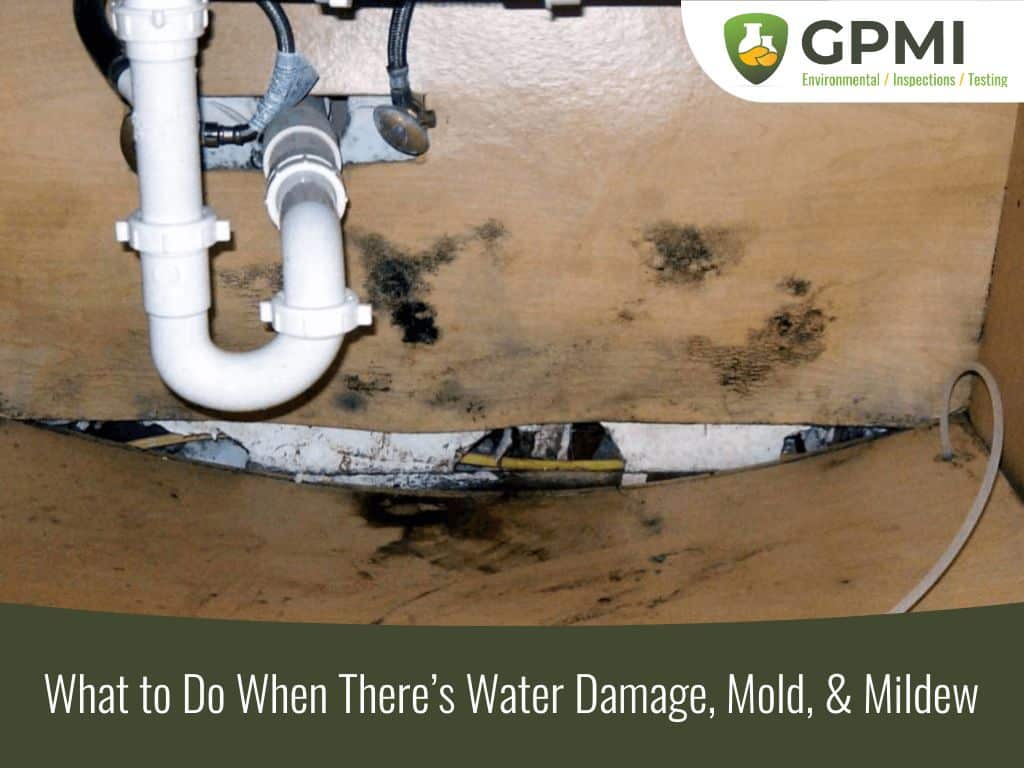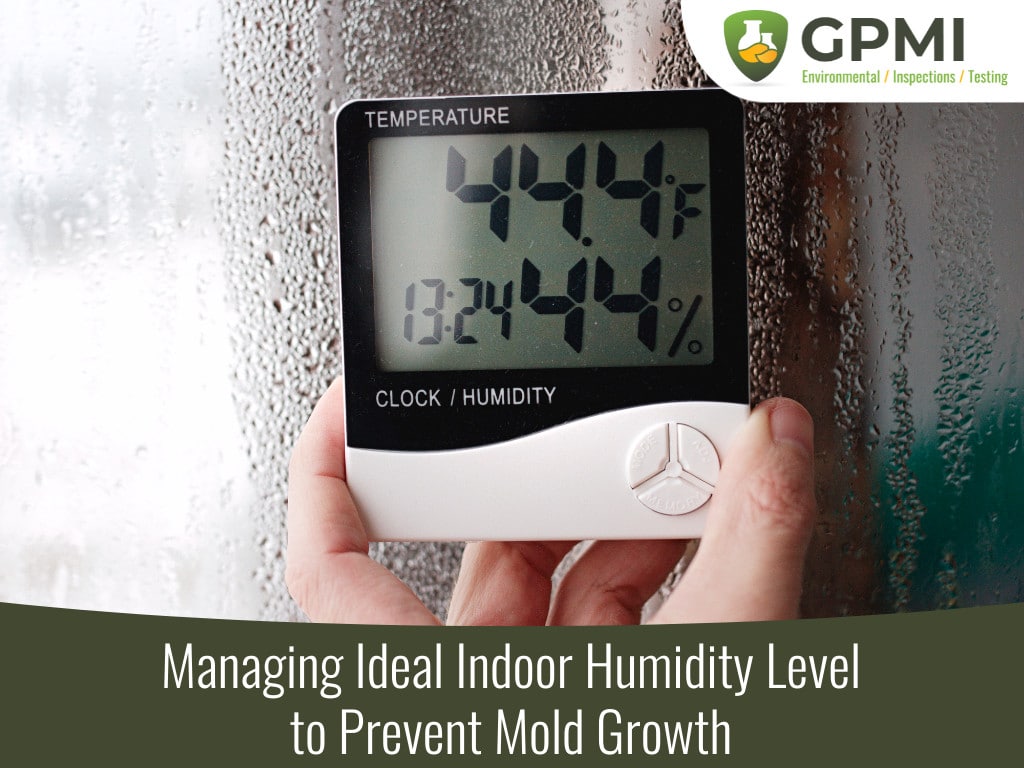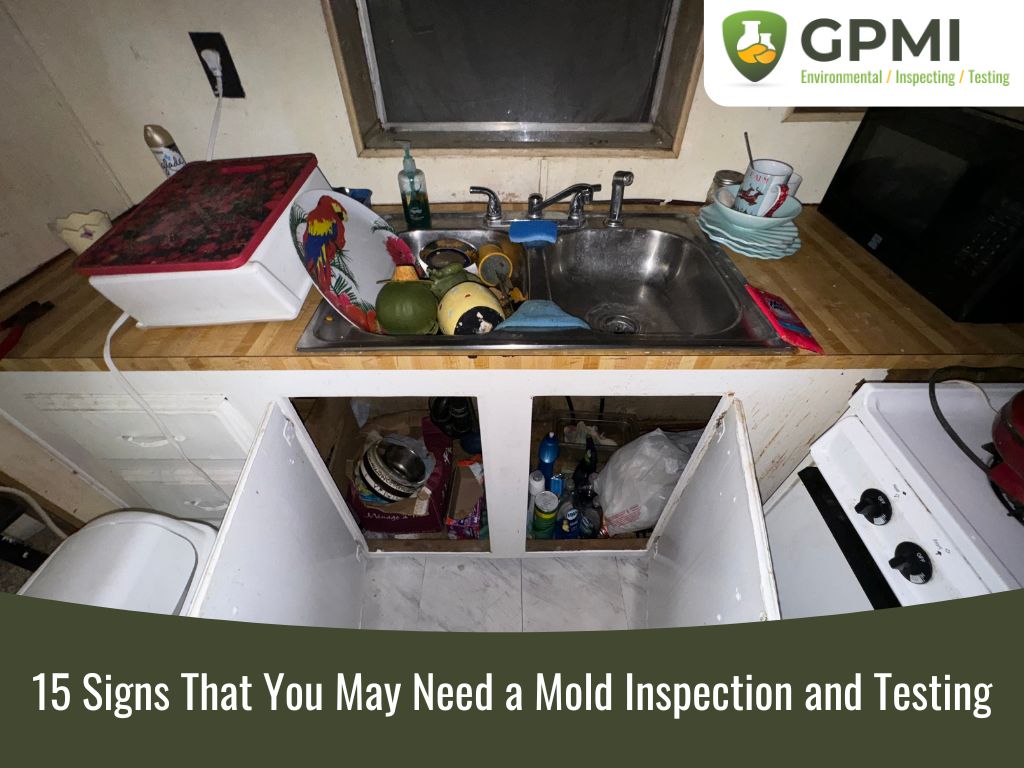Molds In Gypsum Drywall Compared To Plaster

Starting in the 1940s, gypsum drywall began replacing plaster and lathe in the U.S. home construction industry. Our goal was to evaluate whether some mold populations differ in water-damaged homes primarily constructed with gypsum drywall compared to plaster. The dust samples from the 2006 Department of Housing and Urban Development’s (HUD) American Health Homes Survey (AHHS) were the subject of this analysis. The concentrations of the 36 Environmental Relative Moldiness Index (ERMI) molds were compared in homes of different ages. The homes (n = 301) were built between 1878 and 2005. Homes with ERMI values > 5 (n = 126) were defined as water-damaged. Homes with ERMI values > 5 were divided in the years 1976 to 1977 into two groups, i.e., older (n = 61) and newer (n = 65). Newer water-damaged homes had significantly (p = 0.002) higher mean ERMI values than older water-damaged homes, 11.18 and 8.86, respectively. The Group 1 mold Aspergillus flavus, Ammophilus fumigatus, Aspergillus ochraceus, Cladosporium sphaerospermum and Trichoderma viride were found in significantly higher concentrations in newer compared to older high-ERMI homes. Some mold populations in water-damaged homes may have changed after the introduction of gypsum drywall.





